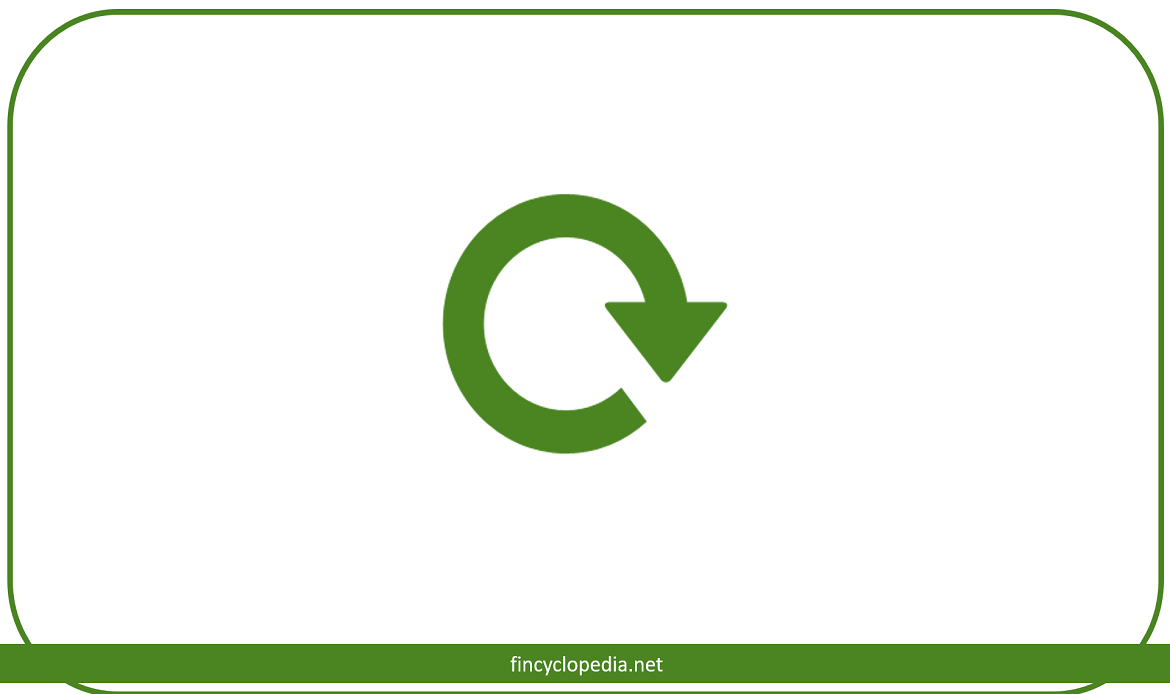A convertible that is associated with an embedded put option, giving the issuer the right to put it (i.e., sell the underlying stock at a specific price- the strike price or conversion price) in order to benefit from falling prices. The holder of the convertible writes a put option on the underlying to the issuer. In this sense, reverse convertibles allow participation in the downside of the underlying (as opposed to convertible bonds where participation is in the upside of the underlying). However, reverse convertibles carry more risk than convertible bonds due to the fact that principal repayment is not guaranteed at maturity.
Reverse convertibles belong to the broader class of equity structured products.





